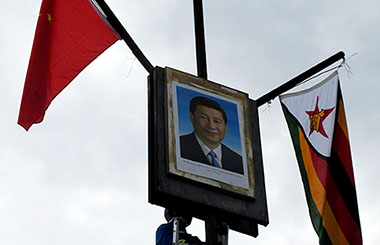
The meeting points out that according to the principles of rational layout, characteristics focus and feasibility, select several cities which have good basic conditions and a large number of e-commerce to construct new experimental site of cross-border e-commerce.
According to the statistics of the Ministry of Commerce, China now has more than 5000 platforms for cross-border e-commerce. The amount of foreign trade enterprises which use these platforms to carry out business has reached 200,000. In the first half of 2015, the total cross-border e-commerce transactions in China exceeded more than 2 trillion yuan, attaining a year-on-year growth of 42.8%. The main business is in mobile phones, accessories, clothing and electronic products.
The Ministry of Commerce predicts that the value of import and export will reach 6.5 trillion yuan in 2016. The import and export proportion of cross-border e-commerce will increase to 20% and the annual growth rate will increase more than 30%.
Bai Ming said facing great pressure for foreign trade development, cross-border e-commerce will help China to expand a new space in foreign trade, and change our country’s low position in the international industrial chain division of labor. According to the meeting, to expand the experiment of cross-border e-commerce is an important measure of reform. It is not only a way to promote new commercial activities, but also a way to facilitate effective supervision. It is important to make foreign trade adapt to the new situation and to achieve new advantages.
Cross-border e-commerce has been known as one good way to promote foreign trade. At present, China has 10 cross-border e-commerce pilot cities, include Shanghai, Chongqing, Hangzhou, Ningbo, Zhengzhou, Guangzhou, Tianjin, Shenzhen, Fuzhou, Pingtan, and a comprehensive experimental zone of cross-border e-commerce in Hangzhou.














